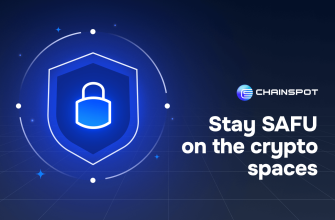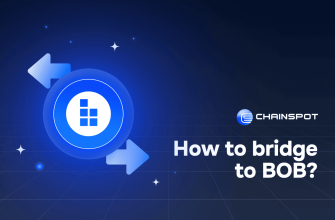Welcome to Chainspot, your portal to efficient cross-chain solutions in the Web3 ecosystem.
In this guide, we’ll explore how to bridge to Ethereum using Chainspot Router.
Understand Ethereum’s unique features, the benefits of bridging with Chainspot Liquidity Router, and learn how to securely transfer your assets across chains.
Understanding Ethereum and Its Benefits
Ethereum is a pioneering blockchain platform known for its smart contract functionality and robust ecosystem. As a leading layer-one network, Ethereum provides a secure and decentralized environment for decentralized applications (dApps) and digital assets.
Key Features of Ethereum:
- Smart Contract Platform: Ethereum enables developers to create and deploy smart contracts, which are self-executing contracts with the terms directly written into code.
- Decentralized Ecosystem: Ethereum supports a vast ecosystem of dApps, offering various services and products across finance, gaming, supply chain, and more.
- High Security: Ethereum’s proof-of-stake consensus mechanism ensures network security and decentralization, making it one of the most secure blockchains.
- Developer-Friendly: Ethereum provides extensive developer tools, documentation, and resources, making it a preferred choice for blockchain development.
- Active Community: A large and active community contributes to the continuous improvement and innovation of the Ethereum network.
- Interoperability: Ethereum’s widespread adoption ensures compatibility with numerous other blockchain networks and protocols.
Benefits of Bridging with Chainspot Liquidity Router
Using Chainspot Liquidity Router to bridge assets to Ethereum offers multiple advantages:
- Comprehensive Liquidity Access: Chainspot Liquidity Router provides extensive access to liquidity across various chains, ensuring optimal rates and sufficient liquidity for smooth asset transfers to and from Ethereum.
- Competitive Rates: Through advanced algorithms and strategic partnerships, Chainspot Liquidity Router offers competitive rates and minimizes slippage, enhancing value for users bridging to Ethereum.
- User-Friendly Interface: Chainspot Liquidity Router features an intuitive interface, simplifying the bridging process and making it easy for users to initiate and track their asset transfers.
- Enhanced Security: Chainspot Router employs rigorous security measures, including smart contract audits and decentralized custody solutions, to protect user funds and mitigate risks during cross-chain transfers to Ethereum.
Step-by-Step Guide to Bridging to Ethereum Using Chainspot Router
Follow these steps to bridge to Ethereum:
- Access Chainspot Router: Visit the Chainspot Router platform through your web browser or decentralized application (dApp).
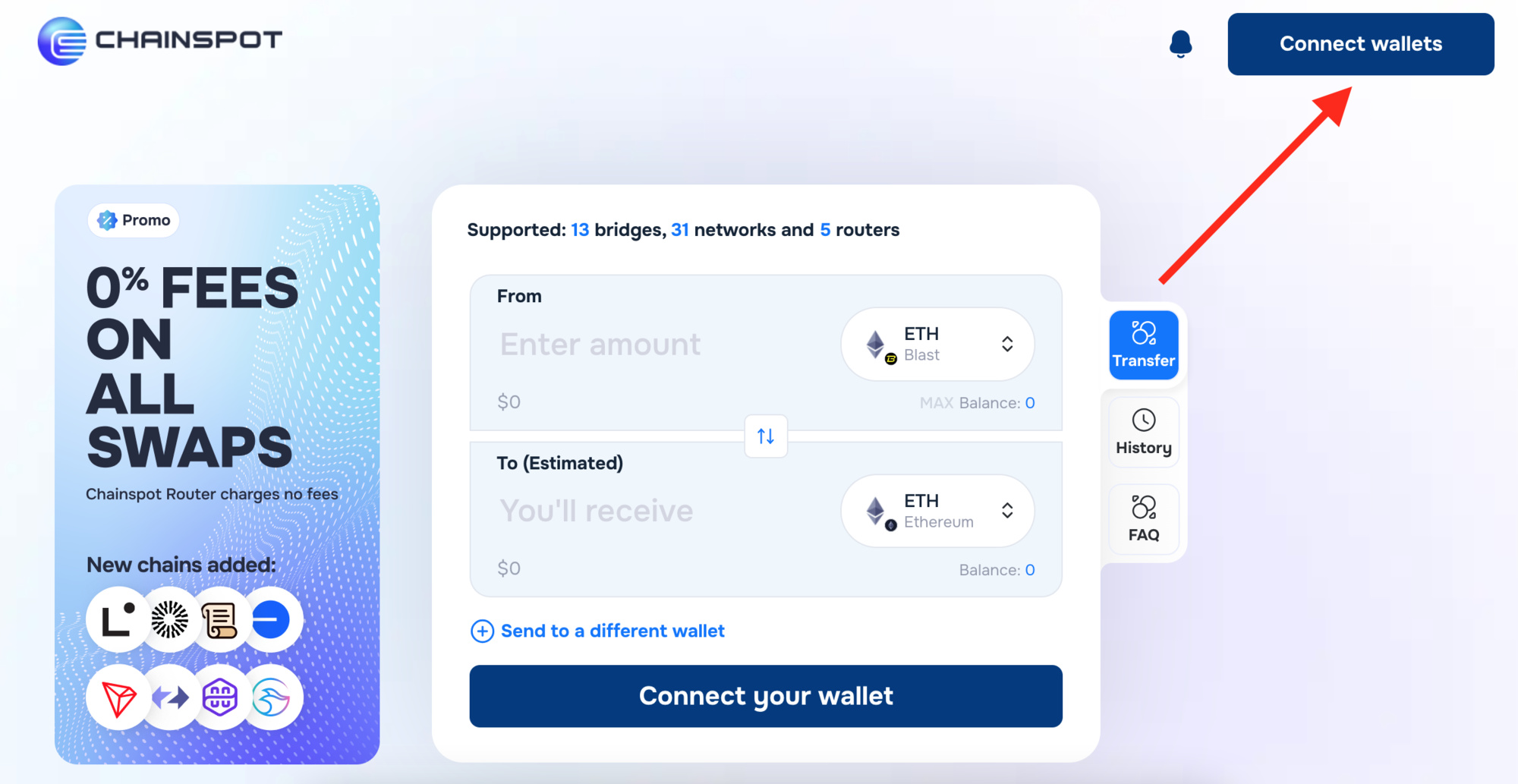
- Connect Your Wallet: Connect your compatible wallet to Chainspot Router to securely access your assets and begin the bridging process.
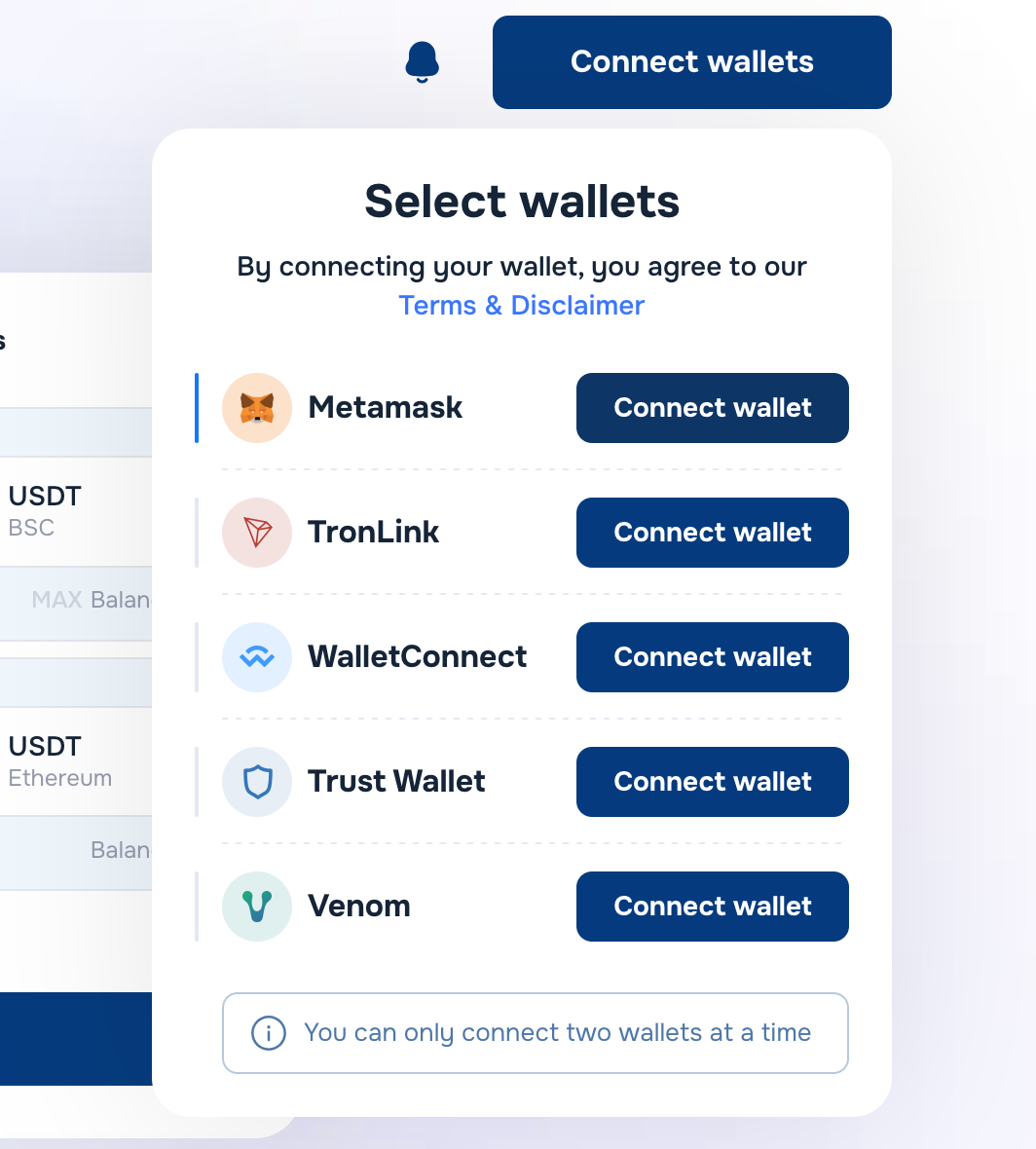
- Select Ethereum as Destination: Choose your departure chain and select the assets you wish to transfer from your connected wallet. Select Ethereum as your destination chain from the available list on Chainspot Router and choose the token you want to receive.

- Confirm Transaction: Review the transaction details, including fees and estimated processing time, before confirming the transfer to Ethereum.
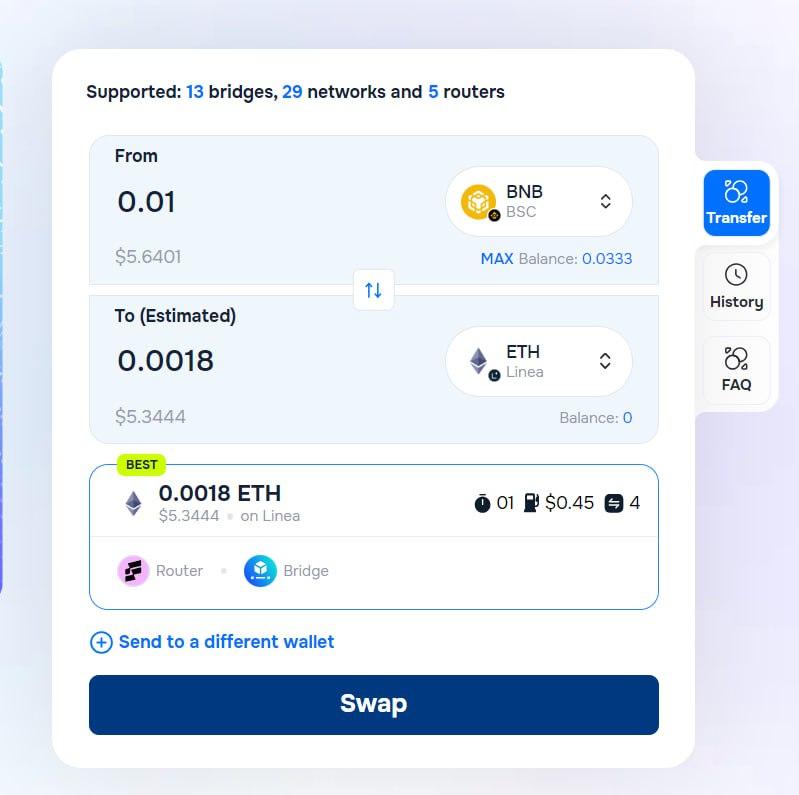

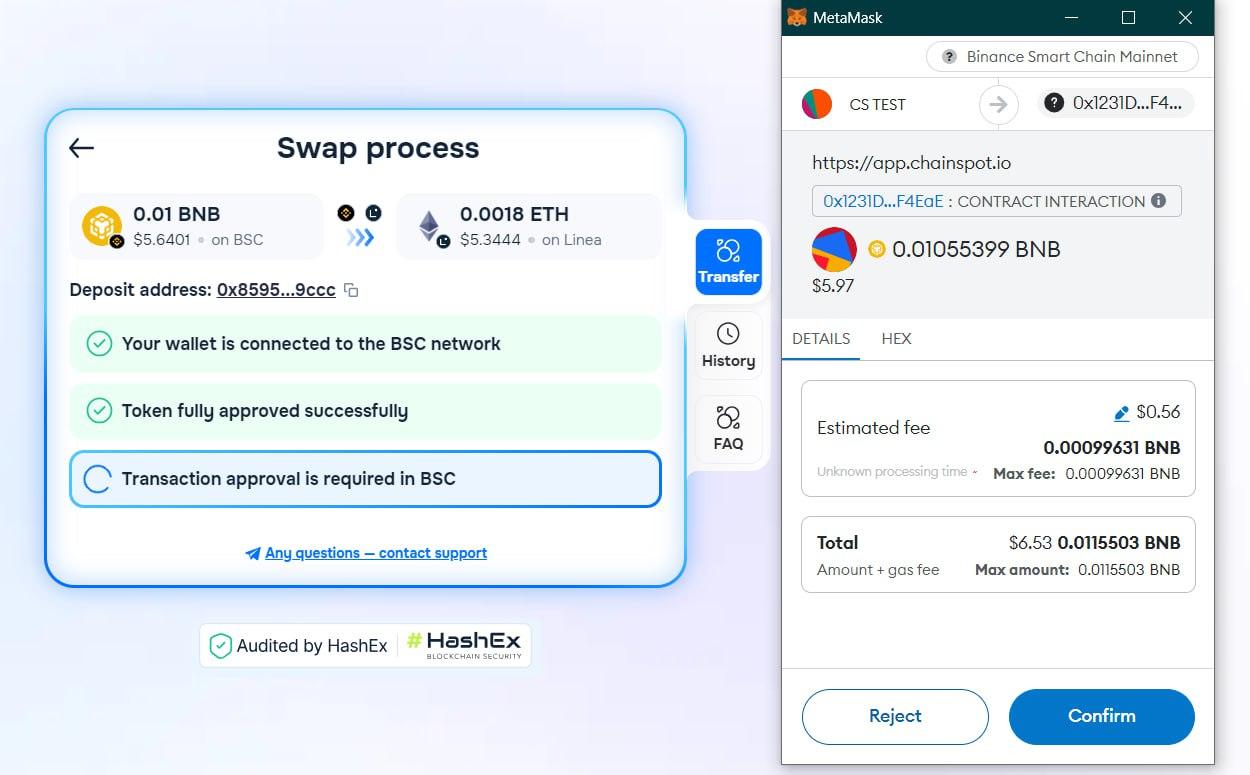
- Monitor Transfer Progress: Track the transfer progress on Chainspot Router to ensure it completes successfully within the expected timeframe.
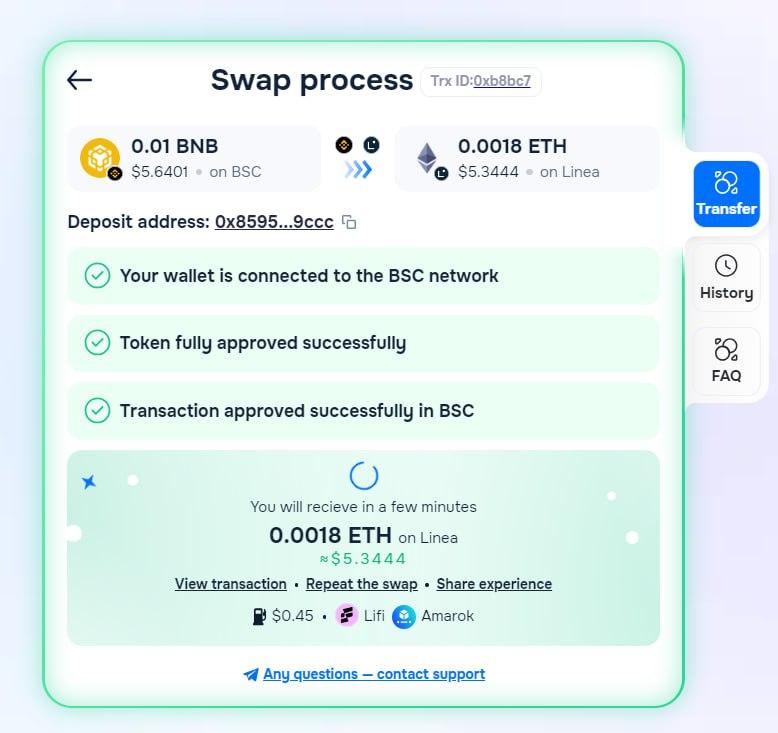
- Access Assets on Ethereum: Once the transfer is complete, your assets will be available on Ethereum for use in DeFi applications or further transactions.
Ensuring Safety During Cross-Chain Transfers
Enhance safety during cross-chain transactions with these comprehensive tips:
- Verify Destination Addresses: Double-check destination addresses when initiating cross-chain transfers to avoid sending assets to the wrong address, which could result in irreversible loss.
- Use Reputable Platforms: Rely on trusted platforms like Chainspot Router for cross-chain transactions, as they prioritize security and employ robust measures to protect user assets.
- Monitor Transaction Confirmations: Keep a close eye on transaction confirmations during the bridging process. Verify that transactions are successfully processed and confirmed on both the sending and receiving chains.
- Employ Multi-Signature Wallets: Consider using multi-signature wallets for added security, requiring multiple private key signatures to authorize transactions and reducing the risk of unauthorized access or theft.
- Stay Updated on Network News: Keep informed about network updates, security patches, and best practices related to cross-chain transfers. Regularly check for announcements from platform providers and blockchain communities.
- Set Realistic Transfer Limits: Define realistic transfer limits based on your risk tolerance and asset size. Avoid transferring large sums in a single transaction to mitigate potential losses due to unforeseen issues or errors.
Chainspot Router ensures the security of your assets throughout the bridging process:
- Trusted Partner Bridges: By partnering with numerous bridges, DEXes, and routers, Chainspot Router offers optimal rates and secure cross-chain transfers.
- Comprehensive Audits: Chainspot conducts thorough smart contract audits before integrating any bridge or router to validate the platform’s security and reliability.
- Stringent Security Protocols: Chainspot Router implements robust security measures to safeguard user funds and mitigate risks associated with cross-chain transactions, providing peace of mind for users.
With Chainspot Router as your reliable gateway to cross-chain solutions, bridging to Ethereum and utilizing its benefits has never been simpler.
Enjoy high performance, cost-effective transactions, and efficient operations while leveraging the power of Ethereum and other supported networks.
Start bridging today and explore new possibilities in the Web3 ecosystem, powered by Chainspot Router and Ethereum.






